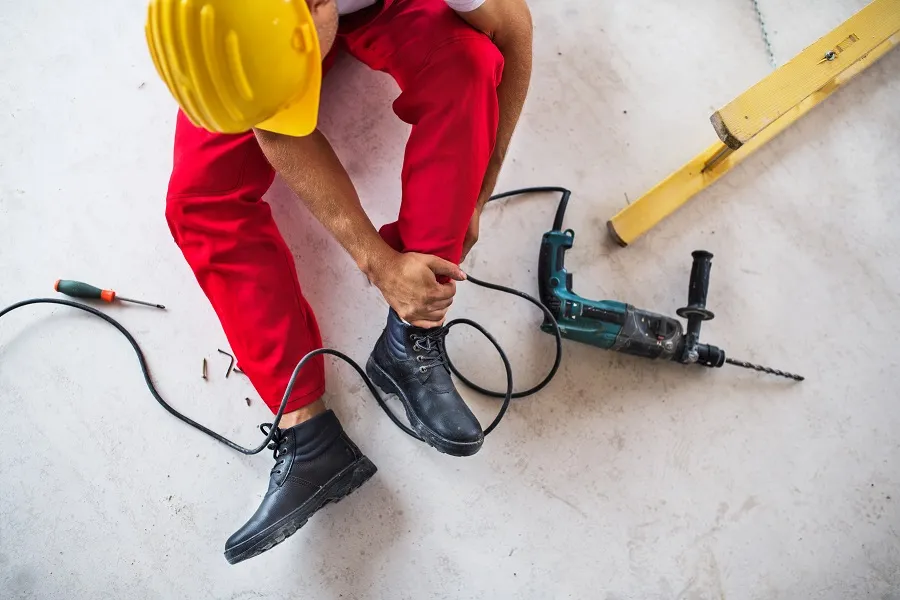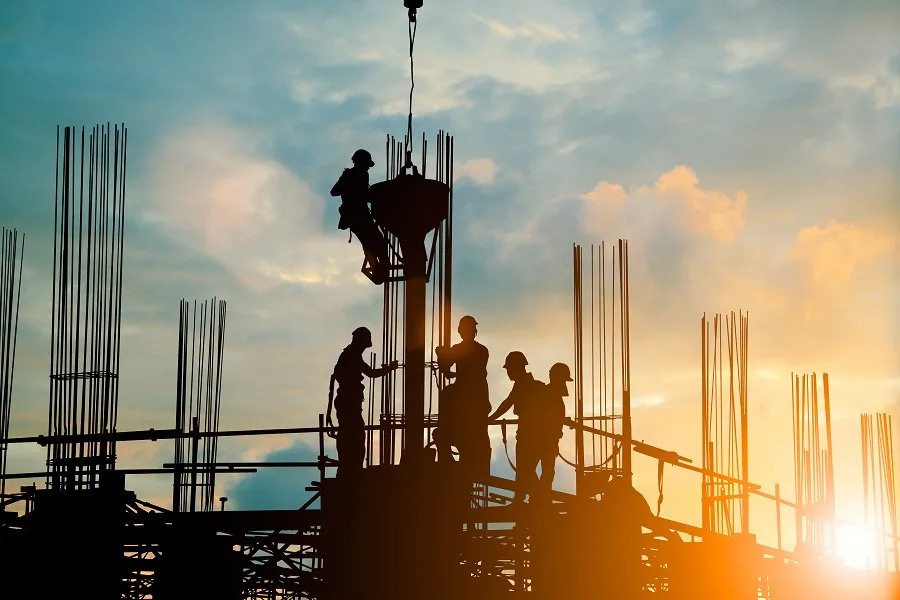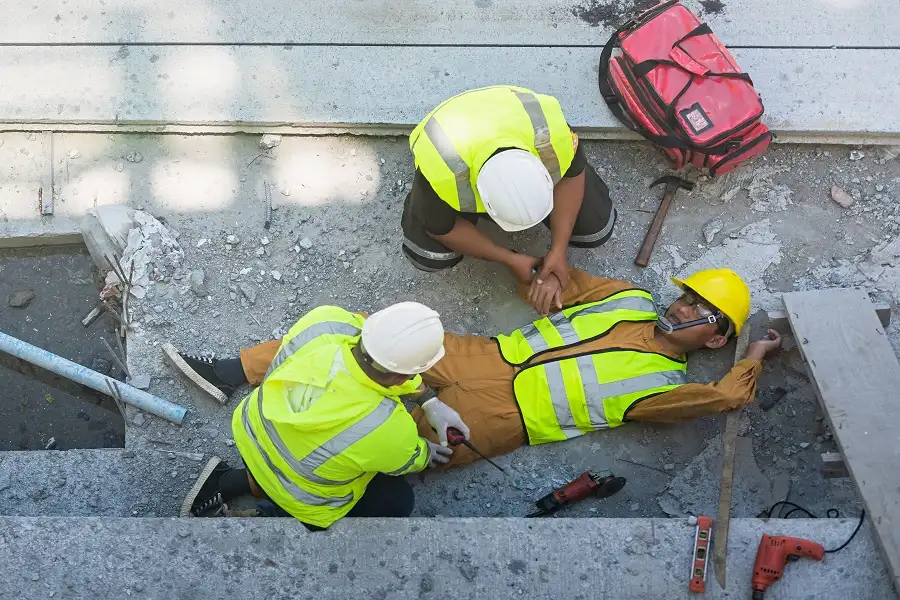
Heavy Material Struck You on the Head on a Construction Site in NYC: Who Is Liable?
Updated
8/20/2025
Published
8/21/2025
If you were injured by a tool dropped from an elevated height, you may have the right to recover damages through a workers’ compensation claim and a personal injury lawsuit. Filing a lawsuit allows you to pursue a greater range of damages than filing a claim for workers’ comp benefits, and the good news is that workers can often simultaneously do both.
Our NYC falling object lawyers will explain your rights and options after an accident at a New York construction site.

The most important thing to do after a falling object accident is to seek medical attention. Prompt treatment protects your health and could save your life. We can also use your medical records to prove your injuries are work-related.
Other essential steps include:
Use your cell phone to take photos and video of your work environment, the tool that hit you, where the tool fell from, and your injuries. If anyone witnessed the accident, get their contact information so we can interview them later.
WKC 18 requires injured workers to file a written report with their employer within 30 days of the accident. Failure to do so could prevent you from collecting workers’ compensation benefits.
Our team will investigate your accident and tell you what other steps can be taken to pursue just compensation.
Anyone who works in construction in New York, including those who live elsewhere or do not have legal status, is protected under the Scaffold Law. This law states that construction workers are entitled to “proper protection” while engaged in the “erection, demolition, repairing, altering, painting, cleaning or pointing of a building or structure”.
In terms of preventing tools from falling, “proper protection” might include, but is not limited to:
Depending on your worksite, one or more of the following parties must provide reasonable and adequate protection under Labor Law 240:
These parties are absolutely liable for all falling object accidents on construction sites, even in cases where the injured worker may have behaved negligently. In other words, you do not have to prove these parties were negligent. Their failure to prevent your falling object accident is often sufficient proof that they violated the law.

A workers’ compensation claim only allows you to recover certain economic damages. To recover compensation for all financial, physical, and psychological losses associated with the accident, you can file a personal injury lawsuit against the at-fault party or parties.
Our NYC construction accident lawyers will investigate your case thoroughly, collecting evidence like medical records, company and employment records, and expert opinions to show that you qualify for damages for:
How much money you can recover for each of these categories depends on how much you lost. As a general rule, the more serious your injuries are, the more money you will pursue.
Contact Oresky & Associates, PLLC, at (718) 993-9999 for a free, confidential consultation today. Our attorneys are ready to start protecting your rights.
You can file a lawsuit against third parties who are responsible for workplace safety. As the Scaffold Law states, these parties include contractors, construction site owners, certain building owners and their agents, and construction company owners.
You have the right to sue these parties even if you are a subcontractor or their employee. Labor Law 240 applies to all workers at a construction site.
In most cases, you are not allowed to sue your employer. This is because workers’ compensation insurance protects them against lawsuits while providing financial support for injured workers.
At-fault parties may try to avoid paying compensation by denying that they are responsible for your safety or blaming you for the accident. If this happens, our legal team is prepared to build and present a strong case against them.

Falling tools can cause serious injuries, such as:
The size and weight of the tool, how far the tool fell, and where you were struck will all influence the type and severity of your injury. This is why it is so important to start documenting your accident as soon as possible: the more information we have regarding the specifics of your case, the easier it may be for our attorneys to recover just compensation from the liable party.
If you were injured by a falling tool or other object at a construction site, you may have the right to sue. Contact us at (718) 993-9999 today for a free, no-risk consultation. Oresky & Associates, PLLC, will manage all legal tasks associated with your case so you can focus on healing. Our legal team is always available to provide honest answers to clients’ questions. We can provide legal advice in both English and Spanish.